Nidhi Verma
Dish detection in food platters: A framework for automated diet logging and nutrition management
May 12, 2023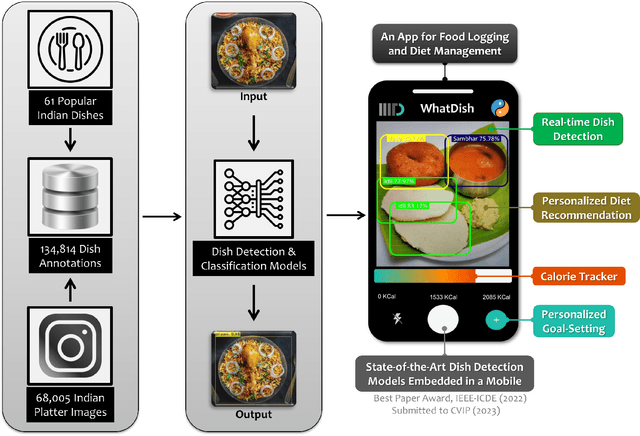

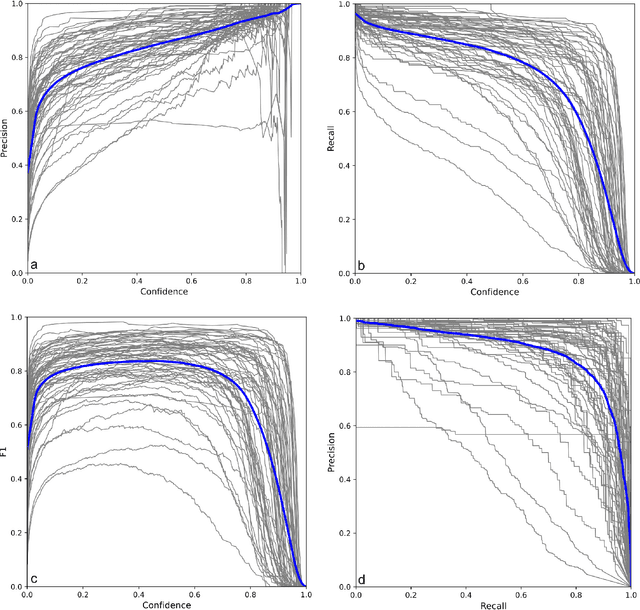
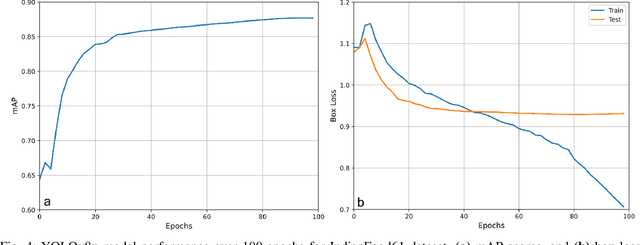
Abstract:Diet is central to the epidemic of lifestyle disorders. Accurate and effortless diet logging is one of the significant bottlenecks for effective diet management and calorie restriction. Dish detection from food platters is a challenging problem due to a visually complex food layout. We present an end-to-end computational framework for diet management, from data compilation, annotation, and state-of-the-art model identification to its mobile app implementation. As a case study, we implement the framework in the context of Indian food platters known for their complex presentation that poses a challenge for the automated detection of dishes. Starting with the 61 most popular Indian dishes, we identify the state-of-the-art model through a comparative analysis of deep-learning-based object detection architectures. Rooted in a meticulous compilation of 68,005 platter images with 134,814 manual dish annotations, we first compare ten architectures for multi-label classification to identify ResNet152 (mAP=84.51%) as the best model. YOLOv8x (mAP=87.70%) emerged as the best model architecture for dish detection among the eight deep-learning models implemented after a thorough performance evaluation. By comparing with the state-of-the-art model for the IndianFood10 dataset, we demonstrate the superior object detection performance of YOLOv8x for this subset and establish Resnet152 as the best architecture for multi-label classification. The models thus trained on richly annotated data can be extended to include dishes from across global cuisines. The proposed framework is demonstrated through a proof-of-concept mobile application with diverse applications for diet logging, food recommendation systems, nutritional interventions, and mitigation of lifestyle disorders.
Estimation of lunar surface dielectric constant using MiniRF SAR data
May 22, 2021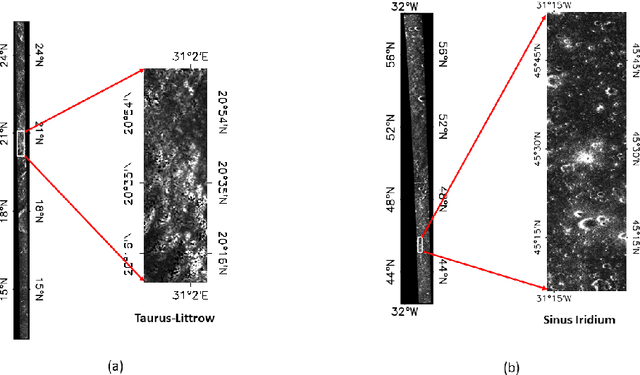
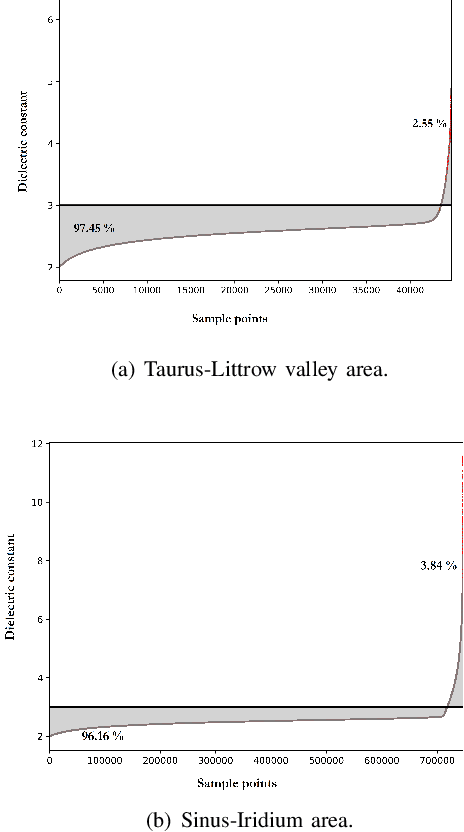
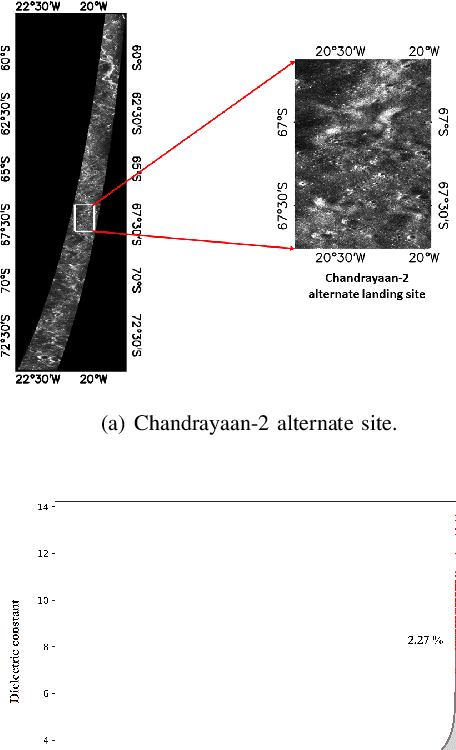
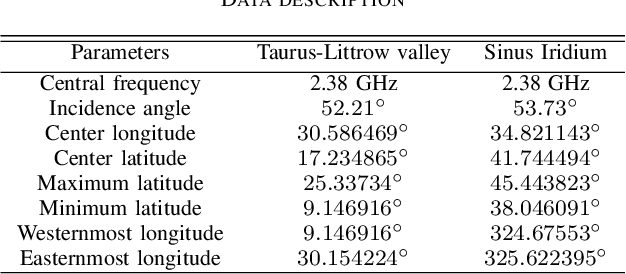
Abstract:A new model has been developed to estimate the dielectric constant of the lunar surface using Synthetic Aperture Radar (SAR) data. Continuous investigation on the dielectric constant of the lunar surface is a high priority task due to future lunar mission's goals and possible exploration of human outposts. For this purpose, derived anisotropy and backscattering coefficients of SAR images are used. The SAR images are obtained from Miniature Radio Frequency (MiniRF) radar onboard Lunar Reconnaissance Orbiter (LRO). These images are available in the form of Stokes parameters, which are used to derive the coherency matrix. The derived coherency matrix is further represented in terms of particle anisotropy. This coherency matrix's elements compared with Cloud's coherency matrix, which results in the new relationship between particle anisotropy and coherency matrix elements (backscattering coefficients). Following this, estimated anisotropy is used to determine the dielectric constant. Our model estimates the dielectric constant of the lunar surface without parallax error. The produce results are also comparable with the earlier estimate. As an advantageous, our method estimates the dielectric constant without any apriori information about the density or composition of lunar surface materials. The proposed approach can also be useful for determining the dielectric properties of Mars and other celestial bodies.
 Add to Chrome
Add to Chrome Add to Firefox
Add to Firefox Add to Edge
Add to Edge